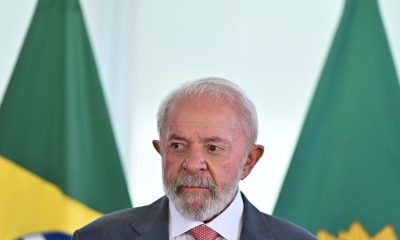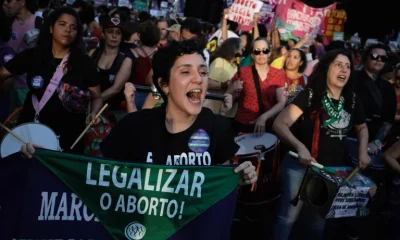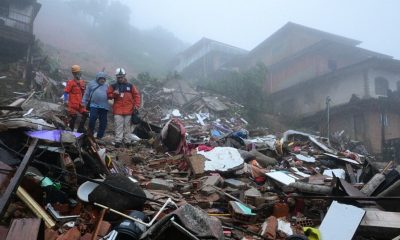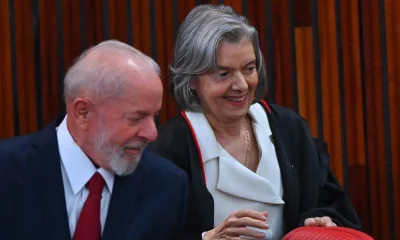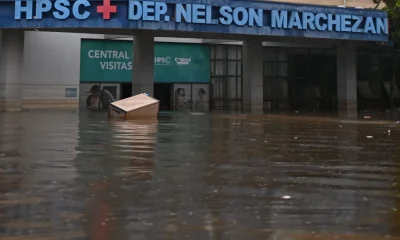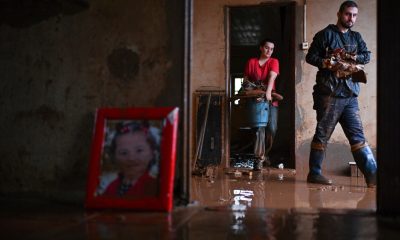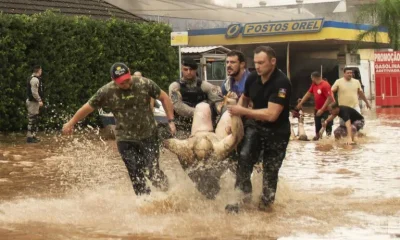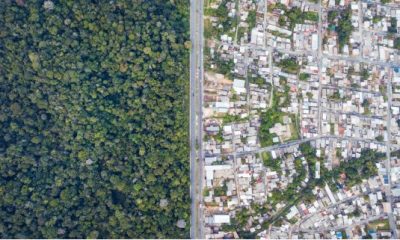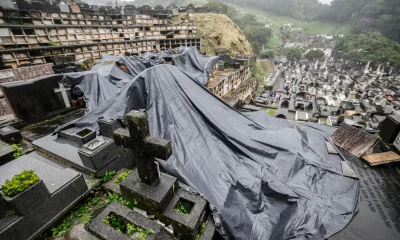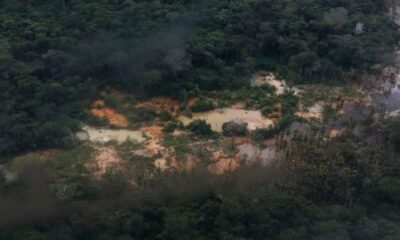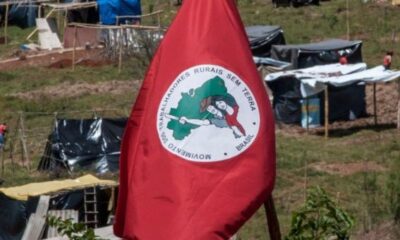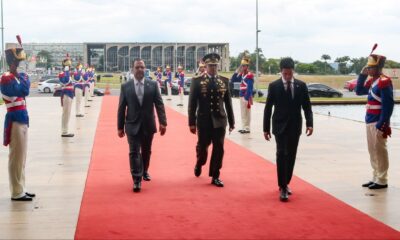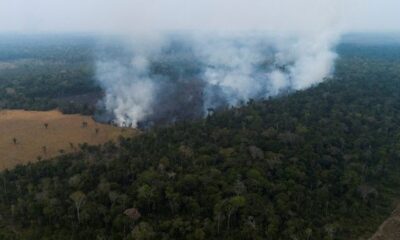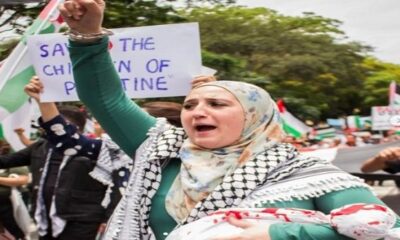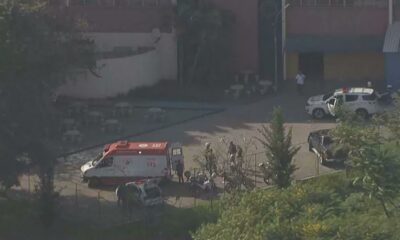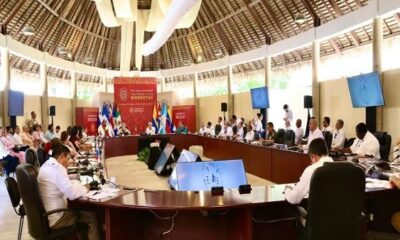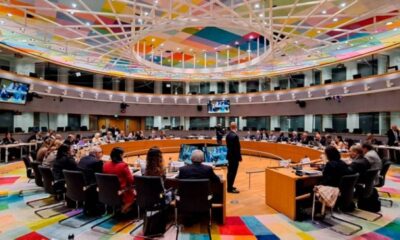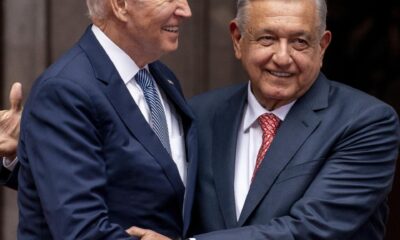International
Latin American leaders hold summit with Brazil back in the fold

January 24 | By AFP | Philippe Bernes-Lasserre / Mauricio Rabuffetti |
Fifteen Latin American heads of state and government meet Tuesday in Buenos Aires for a regional summit welcoming back Brazil as President Luiz Inacio Lula da Silva looks to rebuild bridges after his far-right predecessor Jair Bolsonaro pulled out of the grouping.
The 77-year-old Lula, in Argentina for the first international trip of his third term, will participate in the seventh Community of Latin American and Caribbean States (CELAC) summit, bringing together 33 states from the region.
Lula was one of the founders of CELAC, during the first “pink wave” on the continent in the first decade of the century.
And now he brings Brazil back into the fold after Bolsonaro had suspended the country’s participation in the grouping.
Host Argentina this week hailed a “new climate in Latin America”, with the region ushering in a new wave of left or center-left governments since 2018, including Mexico, Argentina, Honduras, Chile, Colombia and Brazil.
A forum for consultation and cooperation, CELAC is not a regional integration mechanism with binding opinions.
And for all the importance underlined on Monday by Argentine President Alberto Fernandez and Lula of “the need to integrate Latin America,” CELAC is struggling to unite members over successive regional crises, like Peru.
“Latin America is bankrupt from the institutional point of view (…) it has not succeeded in integrating collectively into the world,” Ignacio Bartesaghi, an expert in international relations at the Catholic University of Uruguay, told AFP.
At the very least, CELAC “remains a vast and diverse space of Latin American countries from which minimal agendas or common interests for the region can be established”, agreed Bernabe Malacalza, researcher in international relations at the Argentine national research center CONICET.
“There is not even certain basic consensus in Latin America, as on the difference between a democracy and a dictatorship,” Bartesaghi stressed.
“There are (at CELAC) presidents who do not even recognize each other,” he noted.
Like Paraguay’s Mario Abdo Benitez, whose country broke diplomatic relations with Nicolas Maduro’s Venezuela in 2019.
Lula meanwhile has pledged to reopen the embassies.
‘Rebuild Mercosur!’
Maduro at last minute called off his trip, citing “a risk of aggression” from “the neo-fascist right,” a possible reference to some Argentine opposition politicians calling for him to be arrested on arrival.
Other significant absentees in Buenos Aires include Mexico’s leftwing President Andres Manuel Lopez Obrador, leader of the second largest economy in Latin America and host in 2021 of the last CELAC summit.
CELAC however remains the interlocutor of choice for China, or the EU to negotiate cooperation agendas with the region.
But even here, “The impossibility of holding an EU-CELAC summit since the last one in 2015 (in Brussels) illustrates (…), the absence of a solid biregional political dialogue,” Malacalza said.
In this sense, the return of Lula could give a boost to certain sub-regional issues, such as the free-trade agreement between the EU and the Mercosur group which comprises Brazil, Argentina, Uruguay and Paraguay.
The deal was finalized in 2019 but never ratified, due in particular to concerns about Bolsonaro’s environmental policy.
Lula has indicated a willingness to resume contacts.
“We are going to rebuild Mercosur!” Lula said Monday evening, referring to the customs union which has been torn in recent months over a free trade treaty with China.
“We will recreate Unasur!” he continued, referring to the moribund Union of South American Nations created in 2008 on the initiative of himself and Venezuela’s Hugo Chavez.
Latin America is only the initial phase of the Brazilian president’s international push, with Lula heading to Washington in February and to China “after March.”
International
Trump Orders Construction of New ‘Golden Fleet’ to Revitalize U.S. Naval Superiority

President Donald Trump issued an executive order this Monday for the immediate construction of two new warships that will bear his name. These vessels will be the pioneers of what he described as the “Golden Fleet,” a future generation of “Trump-class” battleships that he claimed would be “100 times more powerful” than those currently in service.
The announcement took place at his private residence in Mar-a-Lago, Florida. The President indicated that following the initial two ships, the administration aims to commission up to 25 additional vessels. He is scheduled to meet with Florida-based contractors next week to expedite production, criticizing existing defense firms for failing to deliver results efficiently.
This naval expansion is a cornerstone of Trump’s goal to revitalized the American shipbuilding industry and address the strategic gap between the U.S. and competitors like China.
The move comes amid heightened geopolitical tension. Just last week, Trump ordered the seizure of all sanctioned tankers involved with Venezuela’s “ghost fleet” to cripple the country’s crude oil industry. Since December 10, the U.S. military—deployed in the Caribbean under the guise of counter-narcotics operations—has already detained two tankers linked to Venezuelan oil transport.
International
U.S. Judge Blocks ICE from Re-detaining Salvadoran Erroneously Deported Under Trump Administration

A U.S. federal judge ruled this Monday, December 22, that Immigration and Customs Enforcement (ICE) is prohibited from re-detaining Salvadoran national Kilmar Ábrego García, who was erroneously deported to El Salvador earlier this year during the administration of President Donald Trump.
During a hearing in Maryland, U.S. District Judge Paula Xinis ruled that Ábrego García must remain free on bail through the Christmas holidays, concluding that his initial detention lacked a legal basis. The ruling follows a request from his legal team for a temporary restraining order to prevent ICE from carrying out a new arrest.
Earlier this month, on December 11, Judge Xinis ordered his release from a Pennsylvania migrant detention center after determining that the government had detained him without a formal deportation order. In 2019, an immigration judge had already ruled that Ábrego could not be returned to El Salvador because his life was in danger.
Despite that protection, Ábrego García was deported in March 2025 following a raid by the Trump administration. Officials argued at the time that he was a gang member, and he was sent directly to the Center for the Confinement of Terrorism (CECOT) in El Salvador. In June, he was returned to the United States to face a new trial for alleged human smuggling—a charge he denies.
On Monday, Judge Xinis also temporarily invalidated a new deportation order issued by an immigration judge following Ábrego’s recent release, granting him legal protection through the coming weeks. His trial is scheduled to begin in Tennessee in January 2026.
International
Fire at substation triggers major blackout in San Francisco
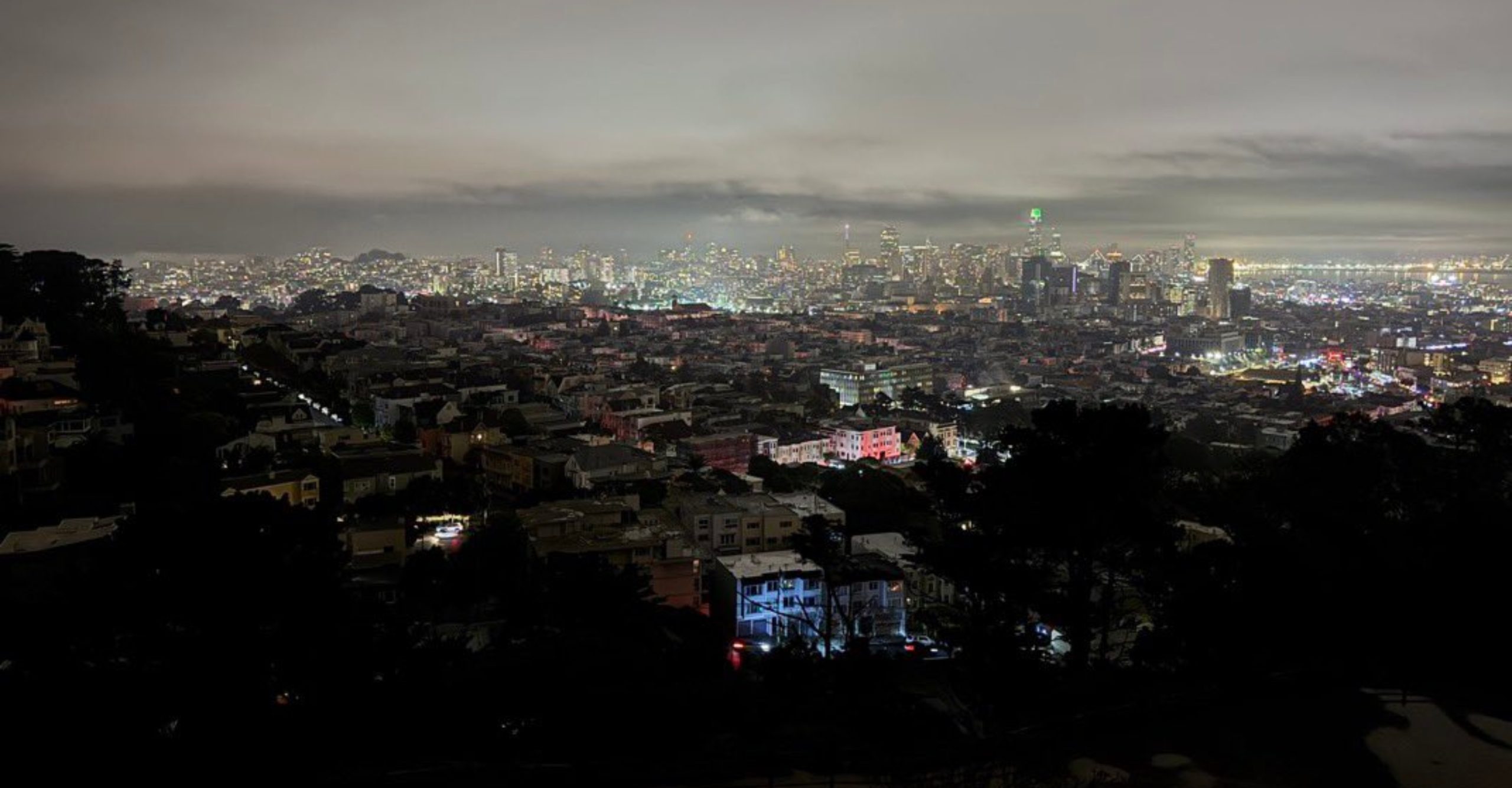
The U.S. city of San Francisco was plunged into darkness Saturday night after a power outage left about 130,000 customers without electricity, although the utility company said service was restored to most users within hours.
Pacific Gas & Electric Company (PG&E) said in a statement posted on X that nearly 90,000 homes had their power restored by 9:00 p.m. local time (05:00 GMT on Sunday), while the remaining 40,000 customers were expected to have service restored overnight.
Large areas of the city, a major technology hub with a population of around 800,000, were affected by the blackout, which disrupted public transportation and left traffic lights out of service during the busy weekend before Christmas, a crucial period for retail businesses.
“I know it’s been a difficult day,” San Francisco Mayor Daniel Lurie said in a video posted on social media from the city’s emergency operations center. “There has been progress, but for those still without power, we want to make sure they are safe and checking in on their neighbors,” he added.
Lurie said police officers and firefighters advised residents to stay home as much as possible. He also noted that officers and traffic inspectors were deployed to manage intersections where traffic lights were not functioning.
The mayor confirmed that the outage was caused by a fire at an electrical substation. Parts of the city were also covered in fog, further complicating conditions during the incident.
As a result of the blackout, many businesses were forced to close despite it being the weekend before Christmas. The sudden drop in shopper traffic ahead of the holiday is “devastating” for retailers, the manager of home goods store Black & Gold told the San Francisco Chronicle.
-

 International3 days ago
International3 days agoShakira’s El Salvador concerts sell out in hours, fans demand more dates
-

 International3 days ago
International3 days agoPentagon confirms Trump pick for SouthCom as U.S. military pressure grows
-
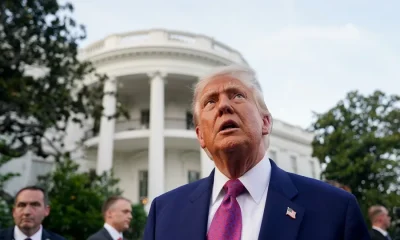
 International3 days ago
International3 days agoTrump moves to reclassify marijuana as less dangerous substance
-

 International3 days ago
International3 days agoArgentina detects first local cases of Influenza A (H3N2) Subclade K
-
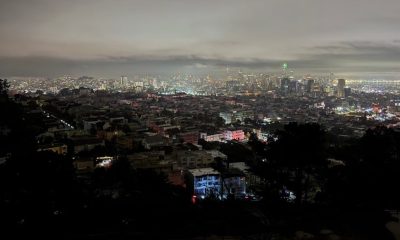
 International1 day ago
International1 day agoFire at substation triggers major blackout in San Francisco
-

 International1 day ago
International1 day agoCristina Kirchner recovering after appendicitis surgery in Buenos Aires
-
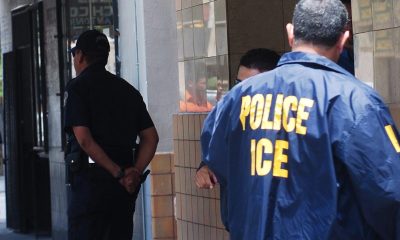
 International3 hours ago
International3 hours agoU.S. Judge Blocks ICE from Re-detaining Salvadoran Erroneously Deported Under Trump Administration
-
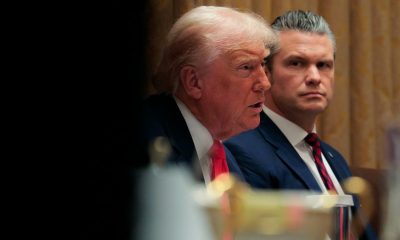
 International3 hours ago
International3 hours agoTrump Orders Construction of New ‘Golden Fleet’ to Revitalize U.S. Naval Superiority



























